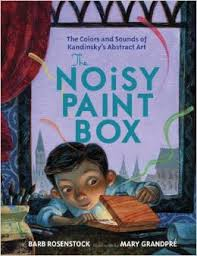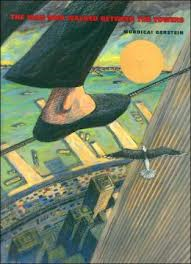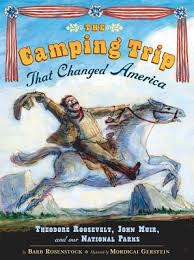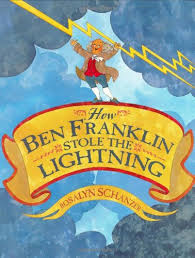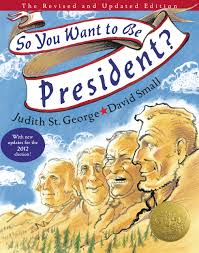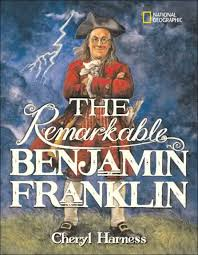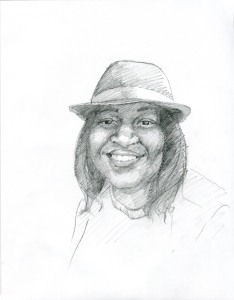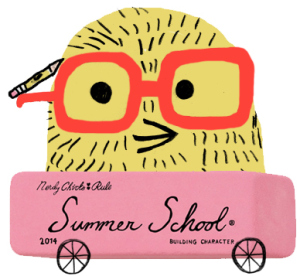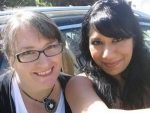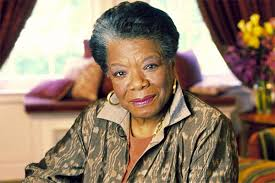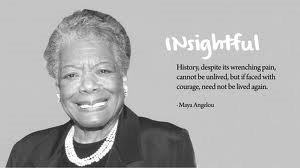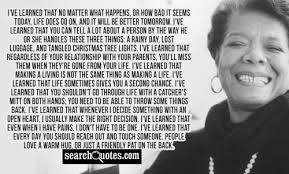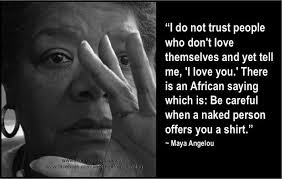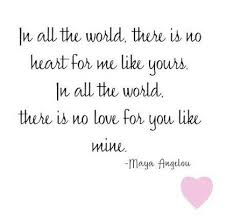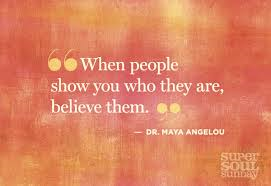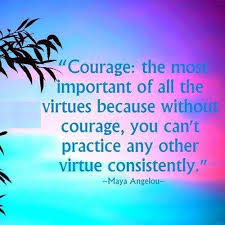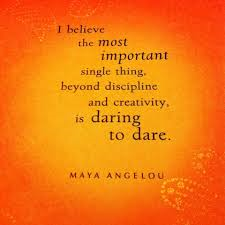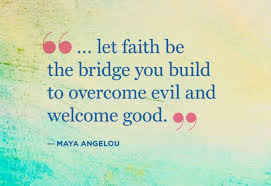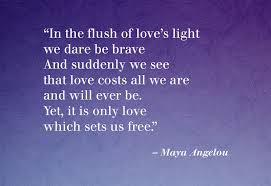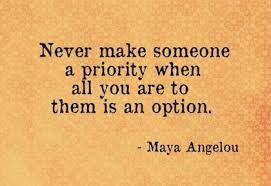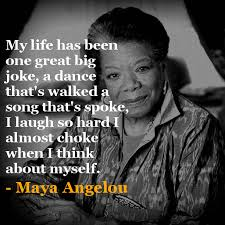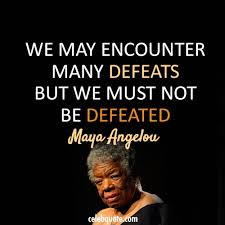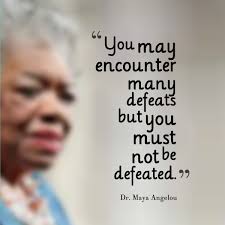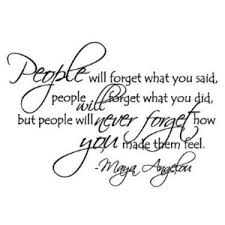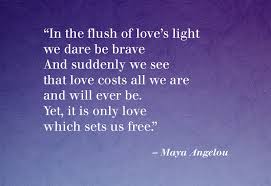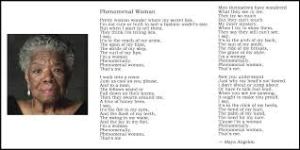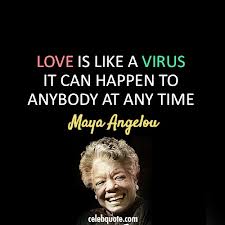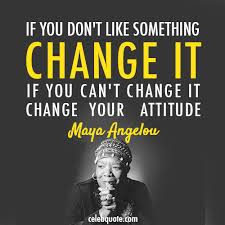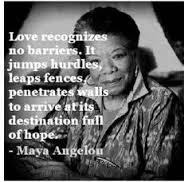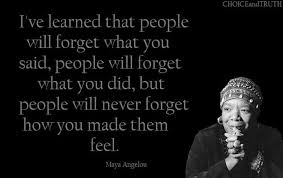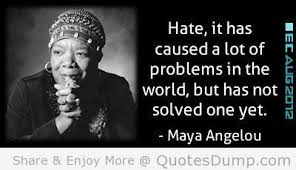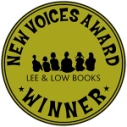As you are aware by now, I am fascinated by nonfiction picture books. From science driven ones (Dianna Aston)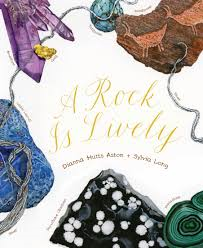 to biographical focused ones (Barb Rosenstock, Audrey Vernick, Emily Arnold McCully, et. al.) to historical fiction (Kelly Lyon Starling, Judith St. George, Don Tate, Eve Bunting, et. al.). The text and illustration are so captivating that I cannot stop turning the pages.
to biographical focused ones (Barb Rosenstock, Audrey Vernick, Emily Arnold McCully, et. al.) to historical fiction (Kelly Lyon Starling, Judith St. George, Don Tate, Eve Bunting, et. al.). The text and illustration are so captivating that I cannot stop turning the pages. 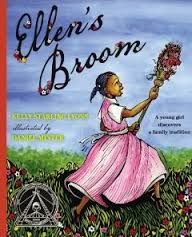
The days of the “boring textbooks’ format” in nonfiction is fading away like rotary phones and landlines. I, for one, is ecstatic about this. So I am constantly keeping up with the buzz on the changes in publishing and how nonfiction is affected. I came across this article and thought I should share. I found a blog that blogs about the Common Core State Standards. Whether they are for or against it, is irrelevant. However, they stated that there are 7 categories of nonfiction in kidlit and they classify these books in these categories. 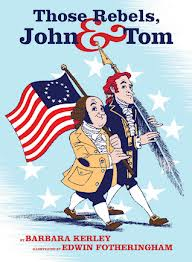
[link: http://nonfictionandthecommoncore.blogspot.com/].
1.) Data: In more friendly terms, you might call this category Fasts Facts. It includes Eyewitness Books, The Guinness Book of World Records, and my own book Animal Grossapedia. These are the concise, fact-filled books that groups of boys love to read together and discuss. 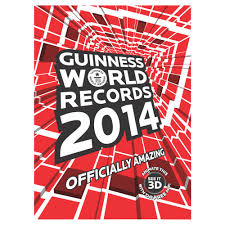
2.) Expository: You might call this category Facts Plus because the facts are interwoven into a content-area explanation. This is could be considered “traditional” nonfiction in some ways, but there’s nothing old-fashioned about today’s expository titles. Their engaging text and rich, dynamic art and design are sure to delight as well as inform young readers.
3.) Narrative: This is a category we’ve heard a lot (I mean A LOT) about in the last few years. It’s the current darling of awards committees. Narrative titles present facts in the form of a true story with a narrative arc. As you learn about the next few categories, I think you’ll see that some of the books that have been lumped into the narrative category should really be thought about on their own terms, based on the author’s approach to the information. 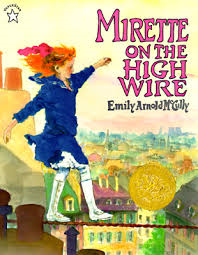

4.) Disciplinary Thinking: These books reveal how scientists and historians go about their work, how they evaluate evidence and form theories. The structure could be narrative, but it usually isn’t. This category might also be called something like Experts at Work. Scientists in the Field books are the perfect example, but there are plenty of other examples. Skull by Mark Aronson is one that immediately comes to mind. 
5.) Inquiry: This category could also be called Ask and Answer. In these books, the author raises a question or a group of related questions and then seeks the answer. Sally Walker’s Written in Bone and What Bluebirds Do by Pamela F. Kirby are great examples. 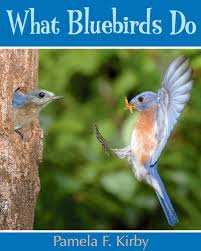
6.) Interpretation: For these books, authors research a topic widely, find their own meaning in the information, and present the content from that point of view. Charles and Emma by Deborah Heiligman is the first title that leaps to mind, but I’d also put books like Those Rebels, Tom and John by Barbara Kerley in this category. I think we’ll see more of these books in the future because this type of presentation directly supports Common Core. 
7.) Action: This is category offers a separate spot for titles that invite young readers to take action. The most obvious examples include Citizen Scientists by Loree Griffin Burns and the Science Play series by Vicki Cobb. I’m not sure this system is the be all and end all, but it’s a very interesting way for writers, teachers, librarians, and other book lovers to think about nonfiction. It stretches the way we think about current books and future possibilities, and I think that’s extremely valuable. 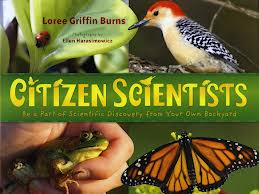
Do you know what you are writing? Do you know in which category your manuscript belong? Take the Challenge. Find some of these books, read them, and come back here and post the title, author, and category. Trust me, you will not be disappointed in your finding. Better yet, you will have a new love and discovery for all things nonfiction.
Here are some of my favorite nonfiction. 